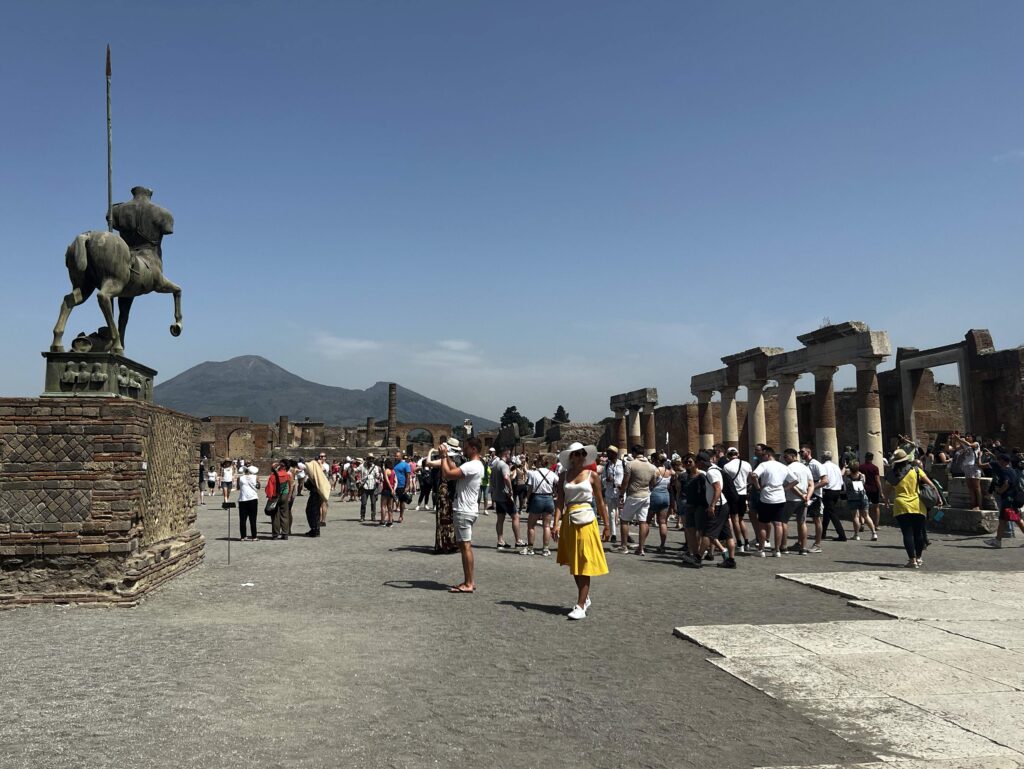Before I went to Mackinac Island, I pictured it as largely flat, dominated by a grand old hotel and with horse carriages catering mostly to tourists. Boy, was I wrong. Mackinac Island is anything but flat, with a fort built in 1780 along a bluff and more than 70 miles of hiking trails of various difficulty providing ample evidence. Horses do transport people, but they also haul garbage, deliver food and furniture and do all the labor they used to do back in the days before automobiles. It’s hard to appreciate a world without cars until you actually experience it.

The fact that Mackinac Island is located in this car-worshiping nation of ours, in Lake Huron between Michigan’s lower and upper peninsulas, makes it all the more remarkable.
What surprised me the most about Mackinac is that it is mostly undeveloped wilderness. More than 80% of the 3.8-square island is protected as a state park, with its hilly interior home to stately trees and migratory birds. And while there are other accommodations besides the Grand Hotel, why, really, stay anywhere else? It’s the biggest draw on the island (outside tourists who want to gawk at its turn-of-the-the-century interior have to pay $10 for the privilege) and it truly does complete the experience of Mackinac. Built in 1887 as a destination hotel by a railroad company wishing to draw travelers onto its trains, it retains its Gilded Age charm, from its lawn games and afternoon tea to its five-course dinner with a mandatory dress code, allowing guests to feel like they, too, are part of history in the making.
For more on why I think Mackinac Island should be on everyone’s bucket list, see my article below, published in Getting On Travel (which has sadly ceased publication):





